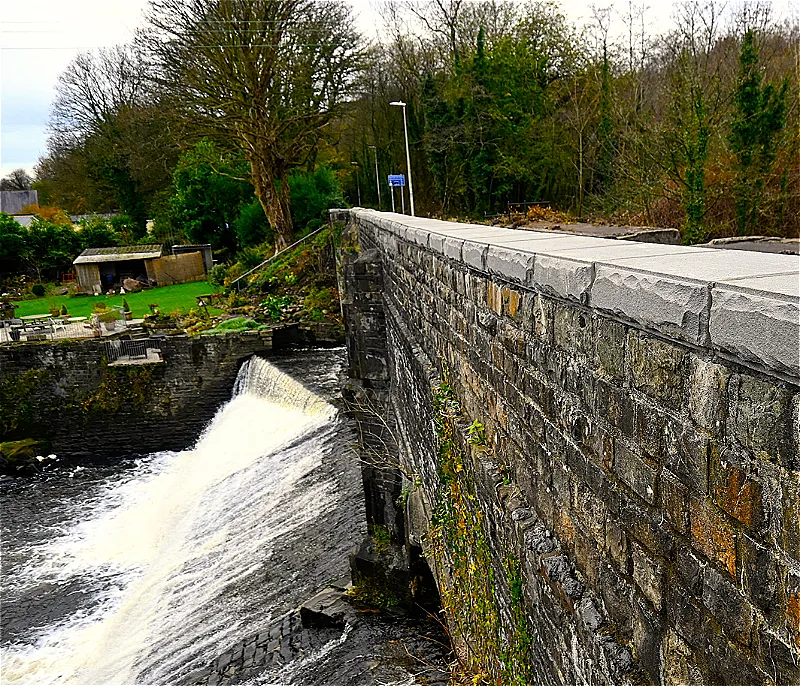Neath Port Talbot Council, working with Powys County Council and CADW, have brought an ancient aqueduct back to life as part of a complex, sympathetic restoration project.
Neath Port Talbot Council’s Engineering Team, in consultation with Powys County Council and CADW, planned the successful reconstruction of the Ystalyfera Aqueduct parapet wall which was being seriously damaged by vegetation.
The wall has been rebuilt and re-pointed with locally sourced stone and lime mortar which matches the existing structure as closely as possible.
Powys County Council was consulted and agreed to fund the restoration in collaboration with Neath Port Talbot Council so the vital work could be carried out as one project.
The Ystalyfera Aqueduct is the largest on the Swansea Canal and spans the Afon Twrch at Gurnos. It is Grade II listed and is also a scheduled monument, being the principal surviving engineered structure of the Swansea Canal.
The aqueduct was built by Thomas Sheasby in 1794-98 – a period when William Pitt the Younger was Britain’s Prime Minister. The structure consists of three segmental arches built on top of a feeder weir, the crest of the weir being paved to prevent any scouring of the foundations.
A spokesman for the Neath Port Talbot Council Engineering Team said: “After appropriate ecological surveys, vegetation was removed from the walls and trees which were damaging the structure were taken down this summer.
“A suitable type of stone was sourced from a local quarry to closely match the original and lime mortar also matching the original was specified so the joints will now look the same as the existing structure.
“New cap and wall stones were then cut to match the existing style and the wall was carefully taken down where necessary to be reconstructed with any lost stonework having been replaced.
“Finally, new capping stones have been laid on the top of the structure, tying into the original sections of the wall.“
Cllr Wyndham Griffiths, Neath Port Talbot Council’s Cabinet Member for Strategic Planning, Transport and Connectivity, said: “This project ties in perfectly with one of the main priorities of the council, to ensure, where possible, that our local environment, culture and heritage can be enjoyed by future generations.
“I’d like to thank our partners in funding this project, Powys County Council, and the local contractors who carried out this very skilful, sensitive work, Ian Davies Plant.”

